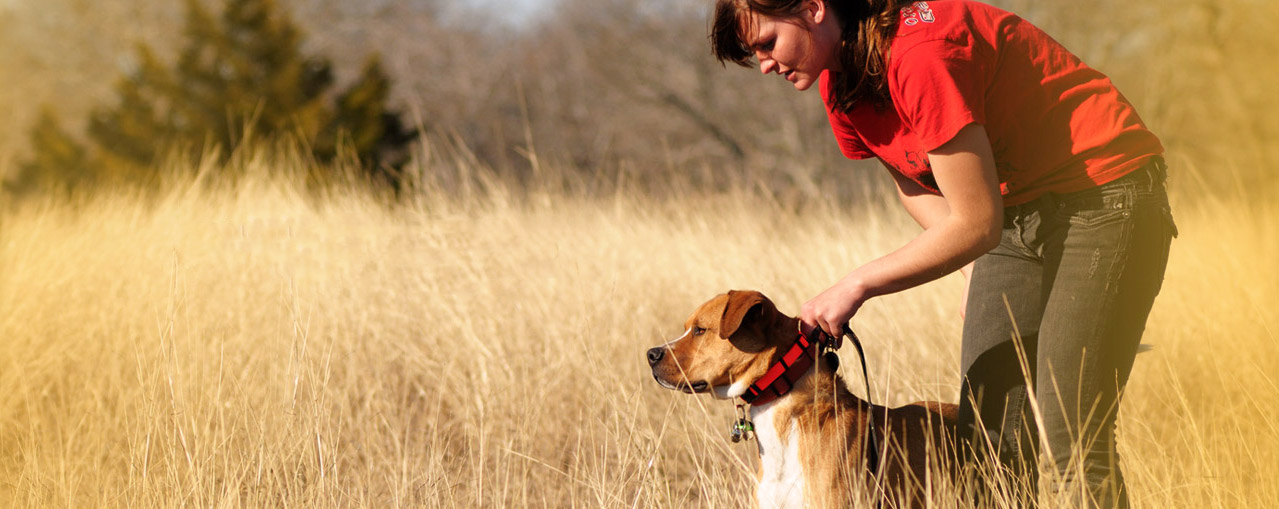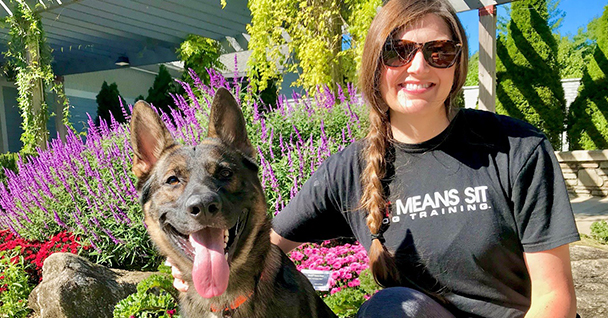Vital Tips for Effective Dog Training: An Overview for Animal Owners
Reliable dog training is a diverse process that needs a critical method customized to both the pet's character and the proprietor's objectives. Secret parts such as establishing constant commands, utilizing favorable reinforcement, and helping with early socializing play crucial functions in fostering a well-adjusted canine buddy. However, many pet dog proprietors encounter difficulties that can impede progression, resulting in irritation and unpredictability. Recognizing just how to browse these obstacles can dramatically enhance the training experience, ultimately changing the relationship between proprietor and canine. What are the essential techniques that can be employed to guarantee success in this venture?
Recognizing Dog Habits
Understanding dog actions is vital for effective training and cultivating a harmonious relationship between canines and their owners. dog training. Pet dogs interact mainly with body language, articulations, and activities, making it essential for proprietors to interpret these signals properly.

Socialization plays a substantial function in dog behavior; exposure to numerous settings, individuals, and other pets can dramatically affect a canine's personality. Variables such as type features and individual personality ought to assist training methods, as some types may have certain behavioral traits that require tailored strategies. By recognizing these components, proprietors can create a helpful atmosphere that motivates favorable behavior, bring about effective training end results and a deeper bond with their pets.
Establishing Consistent Commands
Reliable communication with your canine starts with establishing regular commands. This foundational component of training is vital for promoting understanding between you and your family pet. Uniformity in the commands you utilize ensures that your pet dog can reliably connect details words or phrases with the wanted behaviors.
When choosing commands, select clear, unique words that are very easy to state and set apart from each other. Stay clear of using similar-sounding commands that may perplex your canine. Using "sit" and "remain" is appropriate, however "rest" and "hit" might lead to misconceptions.
Additionally, maintain the exact same tone and quantity for every command. Canines are delicate to singing hints, so varying your tone can develop complication.
It is equally crucial to guarantee that all member of the family get on the exact same web page regarding the commands utilized. A united front in command usage will certainly protect against combined signals and strengthen the discovering process.
Positive Support Methods
The power of positive support in pet dog training lies in its ability to motivate wanted behaviors with rewards and praise. This method is grounded in the concept that behaviors followed by positive outcomes are extra most likely to be repeated. By including favorable reinforcement right into your training routine, you can properly form your pet dog's habits in a constructive way.
To carry out favorable support, it's vital to identify what inspires your pet dog, whether it be deals with, toys, or spoken appreciation. When your pet dog does a desired action, such as sitting on command, quickly award them with a reward or affection. This association between the command and the positive end result strengthens their understanding.
It's crucial to timing the rewards properly; delivering the support within secs of the have a peek at these guys preferred behavior helps your pet dog make the link (dog training). Furthermore, consistency is essential-- ensure that all family participants use the same commands and benefit systems to prevent confusion

Slowly, you can decrease the regularity of deals with as your canine learns the behavior, transitioning to praise or intermittent rewards. This method not only cultivates a strong bond between you and your pet dog yet additionally promotes a positive learning setting, making educating a pleasurable experience for both.
Socialization and Interaction
Consistently subjecting your pet to a variety of environments, individuals, and various other animals is important for their social advancement. Socializing should begin early, preferably throughout the important window of 3 to 14 weeks, when puppies are most responsive to new experiences. Older pet dogs can additionally profit from the original source ongoing socialization efforts.
Present your pet to various settings, such as parks, pet-friendly stores, and metropolitan areas. This exposure aids them adjust to various stimulations, lowering stress and anxiety and fear actions. Encourage favorable communications with various other dogs and people, making sure that these experiences are controlled and safe to foster self-confidence.
Use organized playdates with courteous canines, as this can enhance your pet dog's social skills and educate them suitable habits. Obedience classes and training sessions also give exceptional chances for socializing, enabling your canine to interact with others in a supervised environment.
Screen your pet's body language throughout interactions, as this will certainly aid you gauge their comfort level. Progressively increase direct exposure to more challenging circumstances while guaranteeing that each experience is favorable. A well-socialized canine is more probable to show well balanced actions, making them a joy to have in any setup.
Attending To Usual Training Obstacles
Every dog owner will certainly run into training difficulties at some time, no matter their pet dog's age or socializing level. Recognizing usual problems such as stubbornness, diversions, and fearfulness can assist in establishing effective methods for enhancement.

Progressively introduce distractions as the pet becomes a lot more efficient in commands. Short, regular training sessions are also effective in preserving focus.
Fearfulness can hinder a dog's learning process. Progressive desensitization to the source of concern, paired with positive support, can aid ease anxiety. Going Here Perseverance is essential; never ever require a pet right into a situation that creates distress, as this might intensify the issue.
Eventually, understanding and addressing these usual challenges with a structured technique will certainly foster a more effective training experience, enhancing the bond in between dog and proprietor while advertising effective discovering.
Final Thought
In summary, effective pet training relies on a detailed understanding of canine actions, the facility of constant commands, and the application of favorable support strategies. Socialization plays a vital role in developing well-adjusted pets, while attending to usual training difficulties requires patience and versatility. By carrying out these important techniques, pet dog proprietors can promote a solid bond with their pet dogs and advertise desirable actions, inevitably resulting in an unified connection in between people and their canine buddies.
Understanding pet behavior is essential for efficient training and promoting a harmonious partnership in between canines and their proprietors.Socialization plays a considerable duty in dog habits; direct exposure to various settings, individuals, and other animals can substantially influence a pet dog's temperament.The power of positive reinforcement in pet dog training exists in its capability to encourage desired habits through rewards and praise. By including positive support into your training routine, you can efficiently form your canine's behavior in a positive manner.
In recap, effective pet dog training depends on a comprehensive understanding of canine habits, the establishment of constant commands, and the application of positive reinforcement strategies.